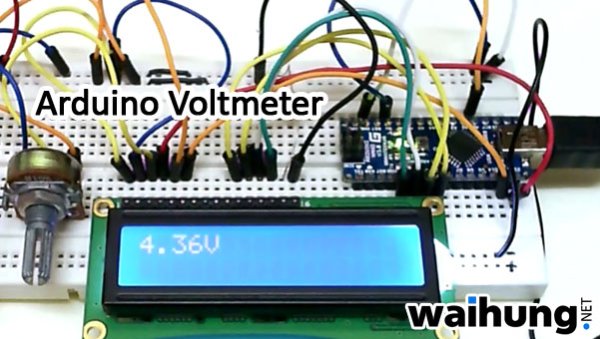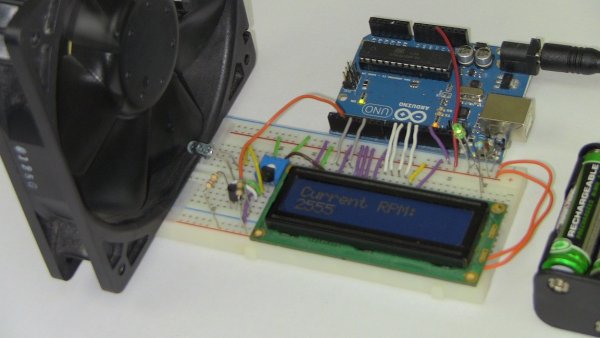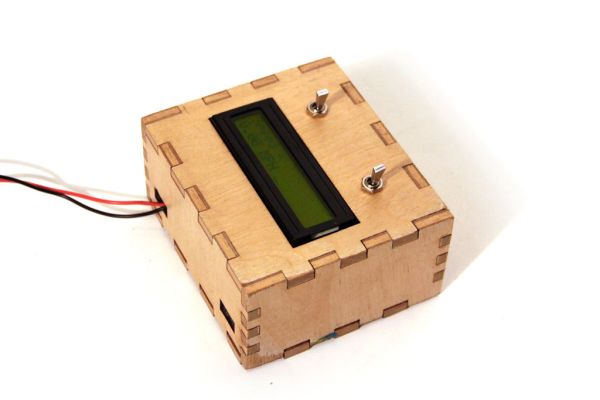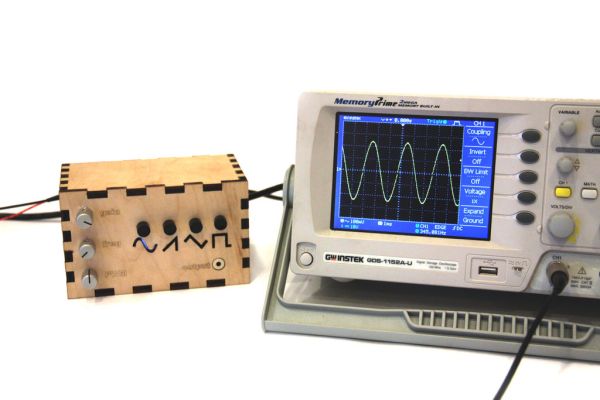Arduino Voltmeter Code
This arduino projects show how to make voltmeter with your arduino. It use voltage divider concept to estimate the voltage input. Instruction; 1) Connect all jumper wire as shown in diagram. Upload this code to your arduino /* Voltmeter Voltmeter base on voltage divider concept. Code based on: http://www.clarenceho.net:8123/blog/articles/2009/05/17/arduino-test-voltmeter Coded by: arduinoprojects101.com */ // include the library code: #include <LiquidCrystal.h> // initialize the library with the numbers of the interface pins LiquidCrystal lcd(7, 8, 9, 10, 11, 12); […]
Arduino Voltmeter Code Continue Reading








